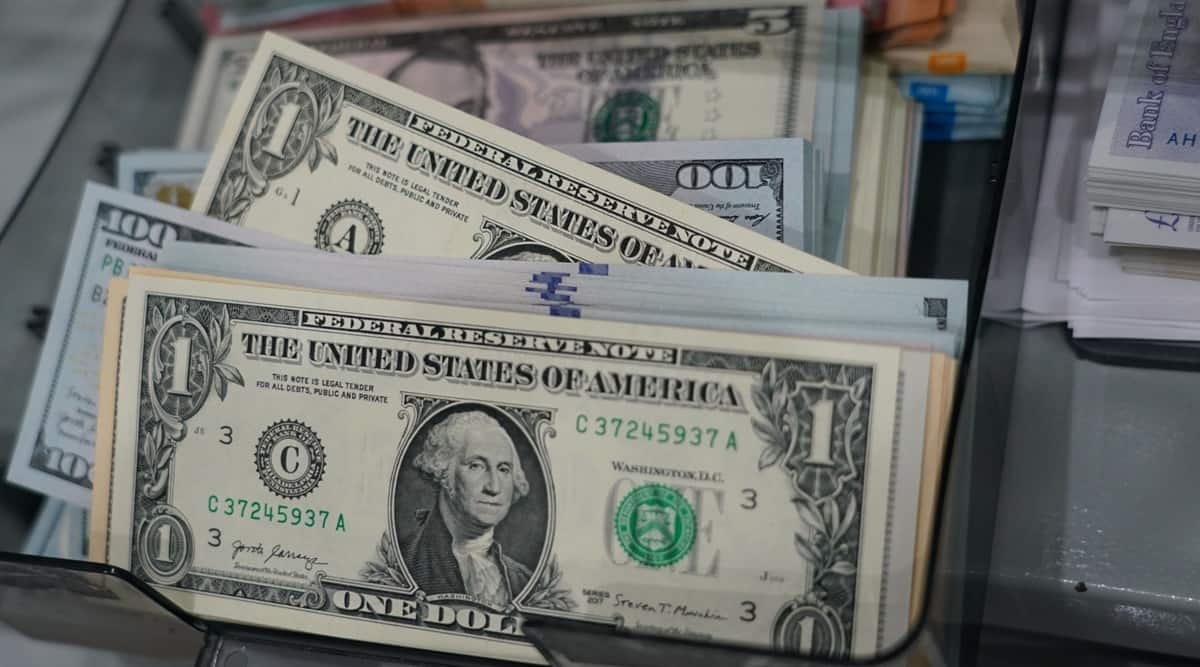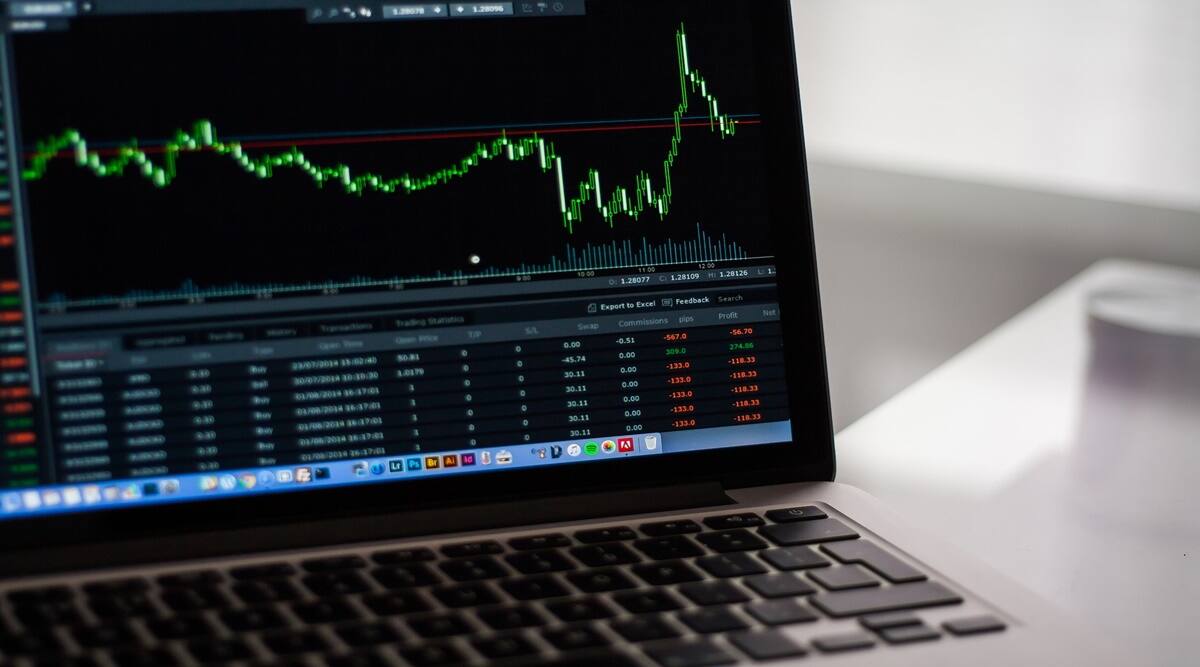By Amit Pabari
As we come to the end of a sizzling-hot inflationary year, tides of rate hikes, and abnormal volatility, let’s rewind and glimpse through to peep what’s on the cards in 2023. After an 18-month bull trend in the dollar, the FX outlook has become hazy. Is the current positioning adjustment prompting short-term dollar weakness or the conditions are in place for a major dollar bear trend just yet? Well, we expect FX markets in 2023 to be characterized by less trend and more volatility.
Also Read: Can India achieve its $5 trillion dream?
The last quarter of 2022 has seen a breakdown in the orderly dollar bull trend which was driving the first three quarters, driven by a Fed wanting to take policy into the restrictive territory – a trend only exacerbated by the war in Ukraine on the surface but the undercurrents were formed with ultra-loose policy during covid. Well, the only tool left to cool the sizzling inflation was tampering with a splash of hikes and QT. The top 10 big developed countries’ central banks have raised rates by a combined 2000+ basis points roughly.
After a stronger rise in surging energy and food prices than expected in Q2 2022, global inflationary pressures have eased slightly in Q3 2022 as CPI data suggest that inflation may have reached a peak. Stabilization of commodity prices and lower fuel costs are the main factors helping to cap the inflation surge and of course, the impact of hikes finally seems to translate. Under the baseline scenario, global inflation is now predicted to reach 8.7% in 2022 and then fall to 5.3% in 2023, and the inflation expectation across various economies as seen above in 2023.
With inflationary pressures continuing to ease in 2023, the Fed will be required to be taking a back seat, calling for an agreeable dollar decline in 2023. Among G20 countries, the US has the seventh lowest manufacturing PMI at 47.6. However, the Euro Area and the UK are slightly lower at 47.3 and 46.2, respectively. The US yield curve is highly inverted and at a 40+ year low, while Europe’s is relatively steep, potentially indicating a worse negative economic outlook for the US. Overall, hinting that the economic situation has shifted against the US dollar.
Moving on to 2023: With regards to the momentum in Fx majors going further, the critical question today may no longer be, “who will hike interest rates faster?” but “which economy will slow down quicker?”- All majorly data dependent.
Post a rally of nearly 27% (from 90 in June 2021 to 114 in Sep 2022), the DXY has corrected by nearly 8.5%, on the back of softer Fed and expectation of an early Pivot than earlier discounted as the Fed might not want to spill first and then clean (overtightening leading to recessions and eventually rate cuts). With that, November posted the dollar’s worst month since 2010, and major currencies, the Euro, Yen, and Pound, have also risen sharply against the dollar over the past month. The shift implies that global central banks with more hawkish policies are likely to become less hawkish over the coming year. If the terminal rates of the Fed peak earlier than May and lower than the expectation of around 5%, then the DXY which has currently broken crucial support of 105 levels can move past 101.50 levels.
Outlook on EUR and GBP
EURUSD: The primary trend in EURUSD has changed from a downtrend to an uptrend in November, where it jumped from 0.9935 to 1.0480 levels in just two trading sessions. The EUR is likely to strengthen further and the Santa rally could continue for the next couple of months. Well, will be interesting to watch how far and aggressive will the ECB remain in rate hikes amid double-digit inflation when the talks about an early Pivot from Fed have already been floating. Plus, the developments over the Russia-Ukraine, winters 2023, energy price caps on Russia, recessionary fears etc. will keep the currency heavily impacted and volatile with the trend shifting as frequently as the season changes. Overall, for now, the upward trend remains in place, and the pair is likely to mark highs near 1.09 to 1.1 levels. On the flip side, 1.02 shall remain a crucial support which if broken, could plunge to parity. Further, the developments on the above-mentioned factors shall be timely evaluated to pave the course.
Also Read: Oil prices on the mend after sharp fall; wait for price to recover before commencing long position
GBPUSD: After the mini-budget offloaded some of the government’s fiscal burden, the GBPUSD continued to trade in the bullish territory since it broke out of a big downtrend and got strong support around 1.1750-1.1850 levels. Since then, the momentum is upward but the credit for the later part beyond 1.18 to 1.22 and above goes to a significant DXY decline. Well recently, the BoE pushed back against the market pricing of the rate cycle – arguing that hikes close to 5% would see the UK economy contracted by 5%. If the contraction sustains every quarter it will be difficult for the sterling to retain strength. Further, given UK’s large CAD and its transition to high beta on the external environment, a sustained rally inherently shall be challenging for the Pound. Overall, the dollar-driven rally in GBP seems to extend for the near to medium term and the pair can test 1.2600 to 1.2800 levels. On the flip side, 1.1750 shall be strong support for the pair.
(Amit Pabari is the Managing Director of CR Forex Advisors. Views expressed are the author’s own.)




